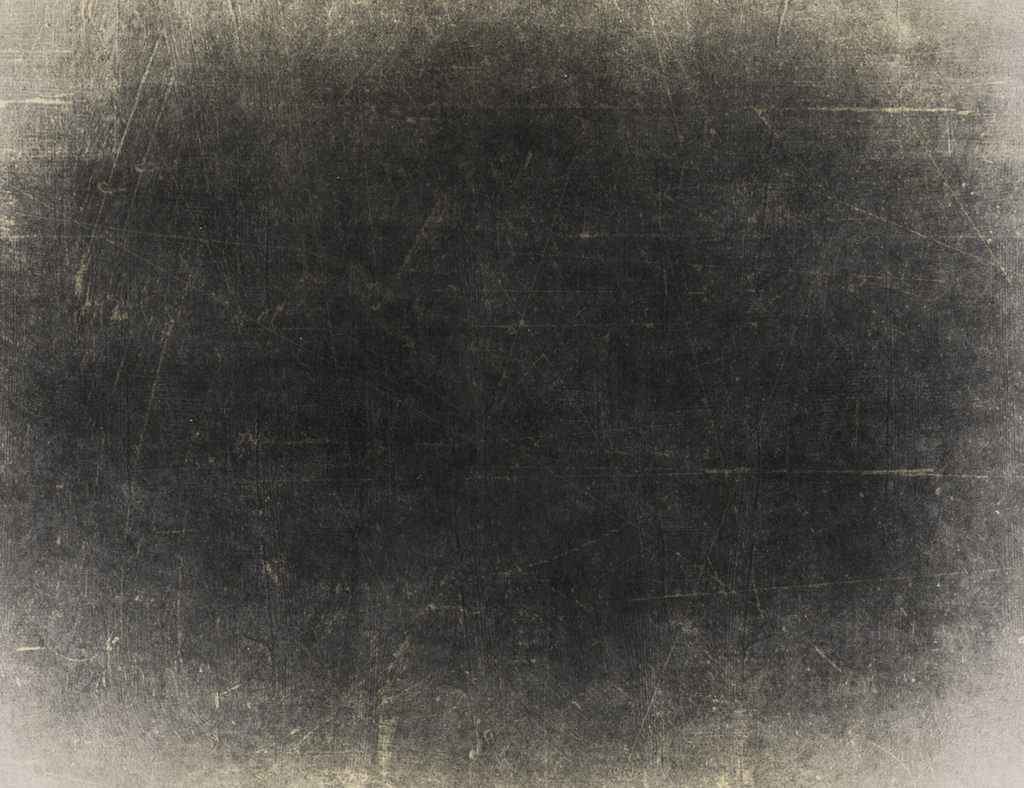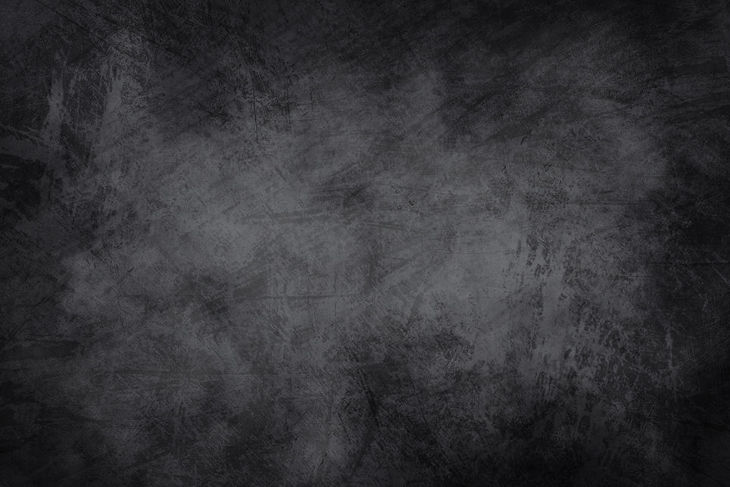This Is Why Most Blackboards Are Green, Not Black The color change came in the 1960s when companies sold steel plates coated with green porcelain-based enamel instead of the traditional dark slate. The new material was lighter and less fragile than the first blackboards, so they were cheaper to ship and more likely to survive the journey.
Why did they change the color of the blackboard?
Oct 09, 2021 · Why is the blackboard green Similarly, the green cones are activated by green, blue and yellow wavelengths of light. The sensitivity of the …
Is a blackboard green or black?
Apr 17, 2021 · The initial boards were made of slate which was grey or black in colour. Then it started coming in green colour which was made up of porcelain. The reason behind using this material was that it was durable. There are numerous boards in today’s time that are made up of winding plastic sheet.
What are the benefits of using a green colored board?
Sep 27, 2017 · In the 1930s, manufacturers began to make chalkboards using a green, porcelain enameled paint on a steel base. By the 1960s, the green chalkboard trend was in full swing. Teachers had discovered ...
What is a green board made of?
Oct 18, 2021 · 11. Reasons Why Chalkboards Are Green – EzineArticles. https://ezinearticles.com/?Reasons-Why-Chalkboards-Are-Green&id=3470741. 1. The first answer to the question why is the blackboard green is because one research revealed that the eyes of humans are very sensitive to … 12. Why Are So Many Blackboards Green? | Sporcle Blog

Can a blackboard green?
Though the term blackboard has a color right there in its name, most of them aren't actually black. While we still use the term more or less interchangeably with chalkboards, blackboards tend to be green.
What are the four types of blackboard?
Types of chalk boardPresented by: Mr. Manjunath. Beth Associate professor & HOD OF MSN DEPARTMENT.TYPES OF CHALK BOARD.ORDINARY CHALK BOARD.ROLLER CHALK BOARD.MAGNETIC BOARD.BLACK CERAMIC UNBREKABLE BOARD.BLACK/GREEN GLASS CHALK BOARD.LOBBY STAND BOARD.More items...
Is black board better than green?
A perfectly clean black board shows the chalk writing better than a green one, but eraser marks are more suttle on a green board. If an eraser were cleaned by slapping it on the wall, the erased marks would not be so present.
What is the color of blackboard?
A blackboard can simply be a board painted with a dark matte paint (usually black, occasionally dark green).
Which is better whiteboard or blackboard?
Blackboards are preferable over whiteboards for drawings or designs as blackboards are better in colouring and shading. However, chalk dust can cause breathing problems and allergies, but you won't encounter this problem in using whiteboards. You can decide which one to use based on your needs.Mar 31, 2020
Why do mathematicians use chalk?
Because they never stop thinking. When they write, they also think a lot and chalks help smoothing their thoughts also have a little bit more time to check what they have thought about. Thinking can be very fast.
Why is blackboard now called chalkboard?
The blackboard illustrates and is illustrated. ... While black was long the traditional color for blackboards, a green porcelain surface, first used around 1930, cut down on glare, and as this green surface became more common, the word chalkboard came into use.Oct 15, 2014
Which blackboard is best?
This list of five great chalkboards should give you an idea of products you should consider.Quartet Lap Boards. ... Balt Best-Rite Porcelain Steel Chalkboards. ... Quartet Black Porcelain Classroom Chalkboards. ... Ghent Magnetic Porcelain Chalkboards. ... Quartet Standard Black Classroom Blackboards.
Is green drywall fire resistant?
Products are sold that have been treated for fire resistance that can be used around fireplaces, as well as in other high-risk locations, which are different from standard green board. These are called Type X backing boards and serve as moisture-resistant and fire-resistant drywall boards.
What grade is light green on blackboard?
> 90% = green. 89–80% = yellow/green. 79–70% = yellow.
What is green chalkboard made of?
Green chalkboards first appeared in the 1960s. Generally made of porcelain enamel with a steel base, these chalkboards are lighter and more durable than slate, and thus easier to ship. They were ubiquitous in American classrooms for three decades, until whiteboards began to replace them.Oct 13, 2016
What is a black board called now?
chalkboardThe term “chalkboard” became more common when color of the board was no longer black. In the 1980s the whiteboard, or dry erase board, began to become common and by the mid-1990s 21% of American schools were using them.May 20, 2020
What is a blackboard in a classroom?
The characteristic feature of any classroom is the blackboard on which text is written and drawings are made with the help of calcium sulphate chalk. These boards are typically made of sheets of dark grey or black slate stone. In recent years, green colored boards have largely replaced blackboards. Studies reveal that green color relaxes ...
Why is green color important?
Studies reveal that green color relaxes the eyes and prevents fatigue. Furthermore, the human eye is highly sensitive to the green color, and for this reason, the use of green boards has extensively increased. The retina of the eye has two types of photoreceptor cells, cones and rods.
What wavelengths can the eye detect?
The eye can detect only visible light that consists of wavelengths between 390 nm and 780 nm.
Which cones are more sensitive to light?
Although the cones are less sensitive to the light, but they are responsible for all the high resolution vision. The visual center of the eye is fovea centralis, which is a slight depression on the retina, less than 2mm in diameter. This region is tightly packed with red and green cones. The blue cones, which have the highest sensitivity, ...
What is the longest wavelength of light?
The longest wavelength is perceived by the human eye as red color and the shortest wavelength is perceived as violent color. In between other colors as orange, yellow, green and blue come. When the light enters the pupil and falls on the retina, both the rods and cones try to interpret it.
What is the red cone?
Under normal circumstances, the red cones are activated not only by the red wavelength of light , but also by yellow and orange wavelengths.
How many rods are there in the eye?
There are approximately 120 million rods in the eye, which are responsible for scotopic vision — they help the eye to perceive light and darkness. The cells in the retina that recognize color are called cones.
The History of Blackboards
The history of blackboards actually beings a long time ago. As far back as Ancient Mesopotamia, Babylonian and Sumerian students inscribed lessons in cuneiform writing on tablets made of clay. Similar methods were used in other cultures throughout the world.
Why Are So Many Blackboards Green?
Slate continued to be used for blackboards for a long time. But by the 20th century, the material was starting to get more expensive to ship. Slate also had some durability issues, and by the 1960s, manufacturers opted for a new product. Instead of slate, a green, porcelain-based enamel board began showing up in classrooms all over.
When did chalkboards start?
The massive, wall-sized chalkboards arrived in 1800 when a Scottish headmaster named James Pillans wanted his students to draw maps, according to Slate ’s excerpt of Blackboard: A Personal History of the Classroom.
When did the color change come to steel?
The color change came in the 1960s when companies sold steel plates coated with green porcelain-based enamel instead of the traditional dark slate. The new material was lighter and less fragile than the first blackboards, so they were cheaper to ship and more likely to survive the journey.
Who is Marissa Laliberte?
Marissa Laliberte-Simonian is a London-based associate editor with the global promotions team at WebMD’s Medscape.com and was previously a staff writer for Reader's Digest. Her work has also appeared in Business Insider, Parents magazine, CreakyJoints, and the Baltimore Sun. You can find her on Instagram @marissasimonian.
Back in the day
So, why are chalkboards called blackboards if they are actually green? This is one of the two burning questions to answer. And, the answer to this one seems fairly straightforward – it’s because they used to be black.
Evolution
Of course, these were the most rudimentary forms of blackboards that existed, and, they evolved over the years. As industry and the economy grew, so did the capacity for design and science, and soon, blackboards were made of a sturdy wood that was darkened with a kind of porcelain-based ink product – this is what gave them their black color.
Why the change?
Well, the original blackboards were a huge success, and almost ubiquitous in schools up until the early 1900s. Around 1930, companies began to manufacture what we know as the ‘green board,’ a chalkboard using a green porcelain enameled paint.

Popular Posts:
- 1. can you see when a picture has been uploaded to blackboard
- 2. tritoned blackboard app
- 3. snead state setting up blackboard
- 4. how to restore tools in blackboard
- 5. blackboard learn 9.1 wiki
- 6. how to copy a file from one class to another on blackboard
- 7. https://www.goodwin blackboard
- 8. life blackboard
- 9. blackboard ipad app for instructors
- 10. how to create a course on blackboard